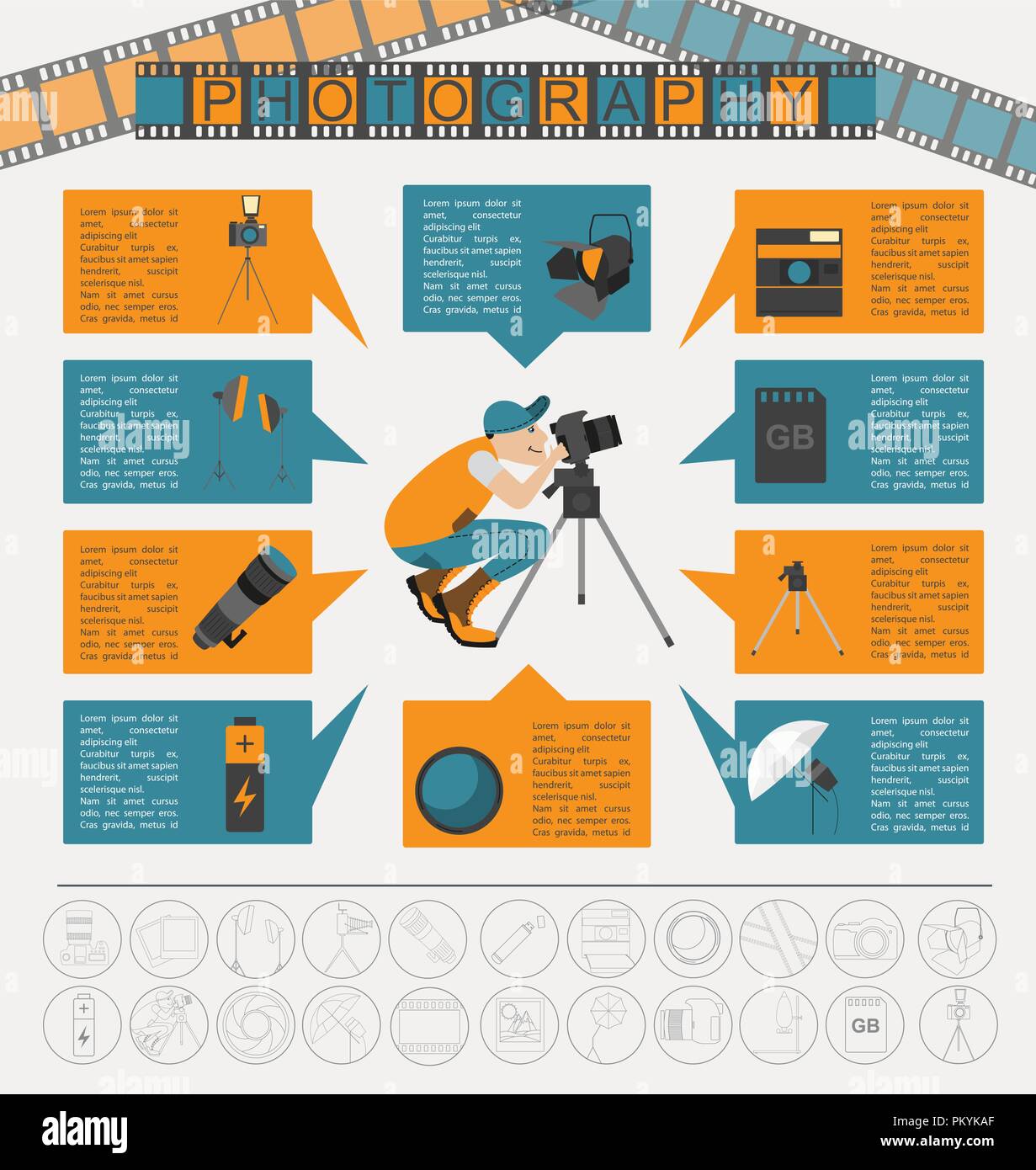Change Your Digital Photography By Grasping Lights Methods That Can Elevate Your Images-- Discover The Usual Mistakes That Could Be Holding You Back
Change Your Digital Photography By Grasping Lights Methods That Can Elevate Your Images-- Discover The Usual Mistakes That Could Be Holding You Back
Blog Article
Material Writer-Rogers Ibrahim
As a digital photographer, you recognize that illumination can make or break your images. Recognizing the subtleties of both natural and fabricated light is vital for recording the state of mind and clearness you aim for in your job. Whether http://herb28lita.xtgem.com/__xt_blog/__xtblog_entry/__xtblog_entry/37568983-prepare-to-uncover-the-keys-of-traveling-digital-photography-fundamentals-that-will-change-your-journeys-into-captivating-visual-tales-but-what-crucial-techniques-will-you-uncover?__xtblog_block_id=1#xt_blog chasing after the best gold hour radiance or fine-tuning your fabricated configurations, understanding these components can boost your photography dramatically. However there prevail risks that lots of ignore, and acknowledging them can change your strategy to every shoot. Allow's discover what you might be missing and just how it can affect your outcomes.
Comprehending Natural Light
Understanding natural light is critical for any kind of professional photographer wanting to boost their work. https://www.adorama.com/alc/17-types-of-photography-which-niche-is-right-for-you 's the foundation of excellent digital photography, affecting mood, tone, and quality. When you shoot outdoors, focus on the moment of day. The golden hour-- soon after daybreak and prior to sundown-- supplies soft, cozy light that can transform normal scenes right into stunning images.
Do not undervalue the power of cloudy days. Cloud cover diffuses sunlight, creating a soft, also light that's best for portraits and macro digital photography. You'll find colors appear this type of lighting without extreme darkness.
Positioning issues, too. Constantly consider your topic's positioning to the source of light. If the sunlight's behind your topic, you might end up with a shape, which can be dramatic but mightn't be what you desire. Conversely, straight sunshine can produce unflattering darkness.
Try out angles; occasionally, changing your point of view can generate impressive results. Use all-natural reflectors, like water or sand, to jump light onto your subject, adding measurement.
Learning Artificial Light
Mastering man-made light is crucial for photographers that want to take their abilities to the following degree. Whether you're using speedlights, studio strobes, or continuous lights, comprehending exactly how to manipulate these sources can significantly boost your images.
Begin by acquainting yourself with the essentials of light high quality, instructions, and color temperature level. Try out various modifiers like softboxes, umbrellas, or grids to control the soft qualities or violence of the light.
You'll locate that soft light usually develops flattering results, while harsher light can include dramatization and deepness. Do not avoid shadows; they can improve the three-dimensionality of your topics.
Pay attention to the placement of your lights. A light positioned as well near your topic can develop unflattering results, while as well far away can cause a lack of detail. Use a light meter or your cam's histogram to guarantee you're subjecting appropriately.
Finally, bear in mind that man-made light can be combined with ambient light for imaginative results. Balancing these sources may take method, once you understand it, your digital photography will truly radiate.
Techniques for Different Scenarios
When you enter various shooting situations, adapting your illumination strategies is essential for capturing the most effective images. For outside pictures, use the golden hour-- early morning or late afternoon light-- to soften darkness and boost skin tones.
If it's a harsh noontime sunlight, think about using a reflector to bounce light back onto your subject or look for shaded locations for a more even exposure.
In low-light scenarios, like interior events, increase your ISO and make use of a broad aperture to let in even more light. A tripod can aid remove camera shake, enabling longer direct exposures without obscuring.
If you're contending evening, try out off-camera flash to develop dynamic illumination and deepness in your images.
For item photography, use diffused illumination to stay clear of severe representations. Softboxes or light tents can help accomplish this impact.
When photographing landscapes, take into consideration the instructions of light and time of day, as it can considerably change the state of mind of your shot.
Always prepare to readjust your settings and placing based upon the scenario, as flexibility is crucial to understanding lights in digital photography.
Verdict
Finally, mastering illumination is key to boosting your photography abilities. Accept natural light's beauty throughout gold hour, and do not avoid explore artificial light methods. By adapting your method to different circumstances, you'll record magnificent pictures that reverberate with feeling and quality. Remember, the best illumination can change an average shot into something phenomenal, so maintain practicing and refining your understanding of both all-natural and fabricated light. Delighted shooting!
